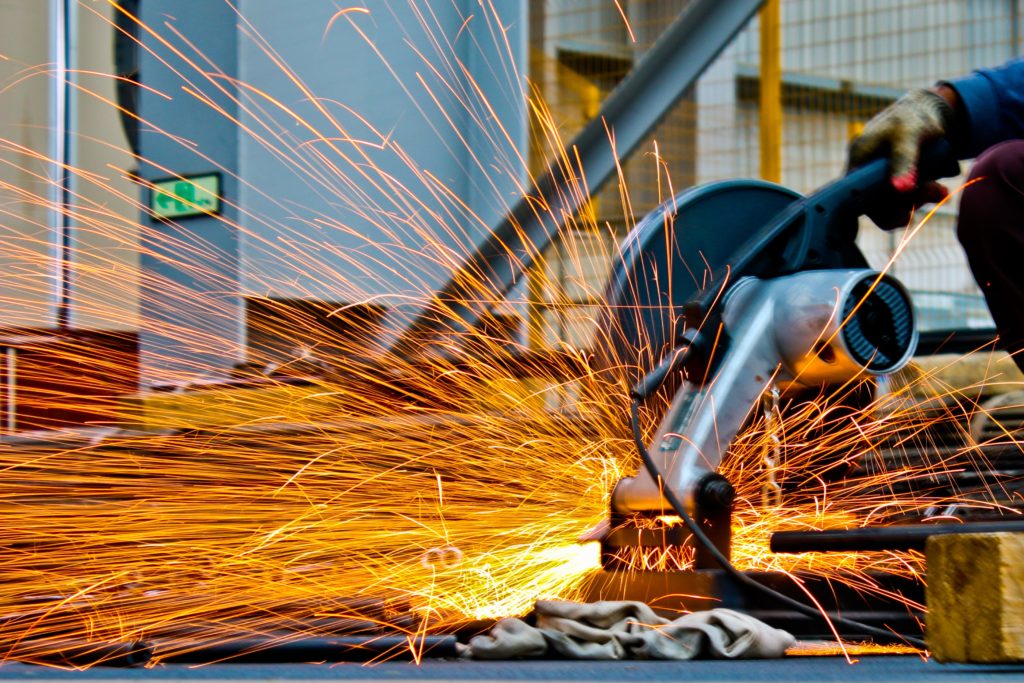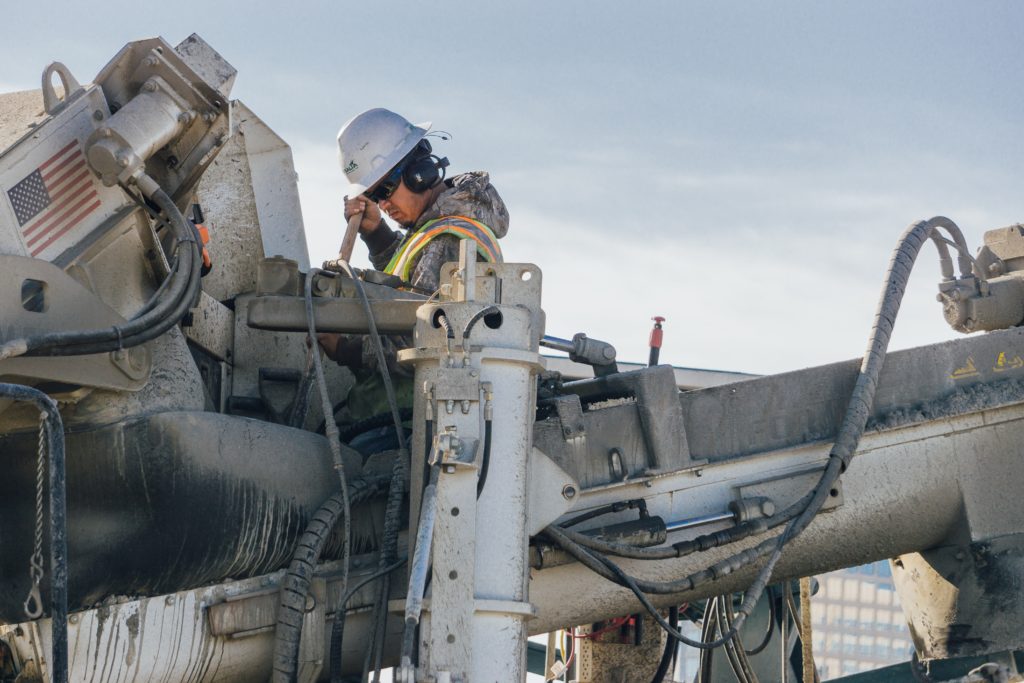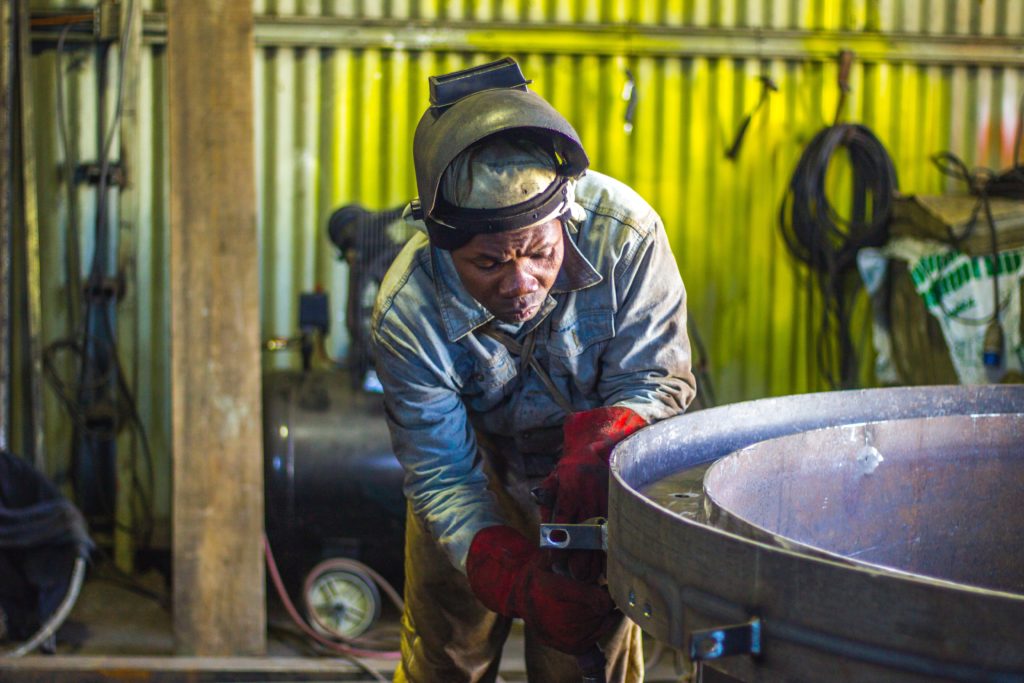Thanksgiving is a time to gather together with the people we’re grateful for. It usually means a family dinner is on the way. A dinner filled with music, laughter, and conversation, a lot of it – all at once – and typically in a small room. As you can probably imagine, it can be a very difficult sound environment for someone with hearing loss to make out what’s being said.
Holidays can present an intimidating challenge for the millions of people with hearing loss. We wanted to compile some tips and suggestions for making it through the holidays with hearing loss. First up, how to be mindful of our hard of hearing friends and loved ones at Thanksgiving.
Let Your Family Know
One of the first things that comes to mind around Thanksgiving is family. While everyone is completely entitled to handle their hearing loss as privately as they would like, most hearing professionals will suggest letting your family know. When everyone is on the same page, it gives others the opportunity to be more mindful. Hearing loss is never something to hide or feel ashamed about, let it be known and hopefully it improves the level of communication.
Thanksgiving is a time when we get together to catch up and talk about the changes in our lives with people that love us. Take the opportunity to be open and honest about your hearing loss while everyone is together. As long as you feel comfortable, speaking to others you’re close to about your hearing loss can significantly improve your odds of hearing more clearly at any family event.
According to the Hearing Loss Association of America, nearly twenty percent of the U.S. population lives with some form of hearing loss. If your Thanksgiving group consists of 10 people, regardless of age, it’s possible that at least two of them may be having a slightly more difficult time hearing than you thought.

The reality is that many people will go to their holiday festivities and essentially “fake their way” through conversations, rather than politely asking others to be mindful of their hearing loss. Often, a level of pride or even embarrassment can prevent them from revealing their hearing loss.
This might lead to attempts at reading lips, nodding, or agreeing to some part of what was said, without comprehending fully. With speech being one of the more difficult frequencies – it’s no easy task to make out individual voices clearly among the cacophony of other sounds around the table.
Conversation matters
The most difficult everyday circumstance for those with hearing loss is a conversation. Trouble understanding speech, in particular, has led to significant improvements in the speech-enhancement technology being developed in modern hearing aids.One of the most surefire ways to improve your ability to hear and converse with other is by wearing hearing aids. They are able to do more than just amplify the noise, but can also make it clear. Hearing aids channel sound through certain frequency ranges in order to make them more understandable.
If you have a friend or family member who is reluctant or hesitant about integrating hearing aids into their life – give them a helpful nudge in the right direction. Suggest a hearing a hearing test to determine the level of hearing loss and learn more about the types of hearing aids available from a professional.
Tips for Able-Hearing Family Members
There are other things you can do to ensure your friends or loved ones with hearing loss still feel part of the conversation. Cut the background music. Music can blend the sounds together from the start – so can loud TVs. You can also make it a point to sit closer together. Get comfortable, get close. You’ll hear and be heard better.
If everyone is making a unified effort to improve the level of communication in the room, there will be far less guessing of words or saying, “What?” At the same time, if someone does ask you to repeat yourself or asks, “what was that?” – don’t shrug it off with a “never mind” or “don’t worry about it.” This can come off as unintentionally dismissive, creating further detachment from the conversation.
This Thanksgiving, before you wonder what spices to marinate your turkey in, remember to think about how you can help those in your family with hearing loss overcome the “Thanksgiving dinner jitters.” After all, you may be saving the holidays for them entirely and relieve their nerves for Christmas dinner.
From all of us at Protect Ear – Happy thanksgiving!

SOURCE – https://bloomhearing.com/hearing-tips/hearing-loss-tips-for-a-loud-thanksgiving/
 and removal.
and removal. 



 The effects of excessive noise exposure are made worse when workers have extended shifts (longer than eight hours). With extended shifts, the duration of the noise exposure is longer and the amount of time between shifts is shorter. This means that the ears have less time to recover between noisy shifts and damage can more quickly become permanent.
The effects of excessive noise exposure are made worse when workers have extended shifts (longer than eight hours). With extended shifts, the duration of the noise exposure is longer and the amount of time between shifts is shorter. This means that the ears have less time to recover between noisy shifts and damage can more quickly become permanent.